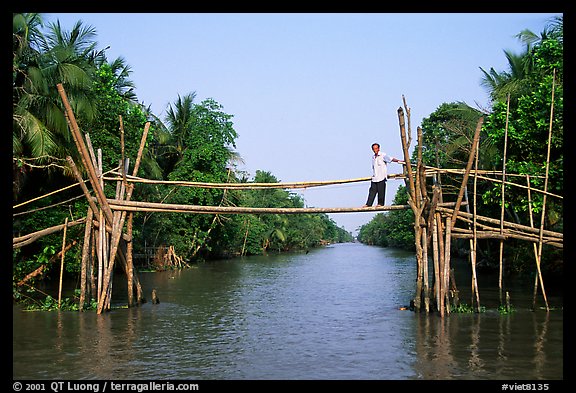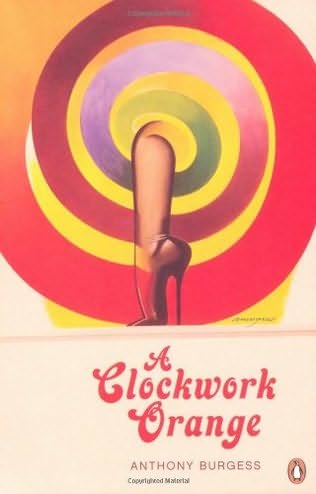Jeffrey Vinokur April 10, 2008
Hon. English IV Mr. Saxon
Monkey Bridge: An Autobiography of Lan Cao
Monkey Bridge is a semi-autobiographical story of a Vietnamese immigrant teenager who learns about her family history and past. Critics have praised Monkey Bridge for highlighting the plight of the Vietnamese American during the 1970s and depicting the Vietnam conflict from multiple non-bias perspectives. The book was received well by the critics who hailed it as a “touching and powerful story” that documents the Vietnamese American imigrant’s experience post-Vietnma war. New York Times Book Review contributor Michiko Kakutani commented, "Cao does a sensitive job of delineating the complicated relationship between a mother and a daughter" and concludes, "Cao has made an impressive debut." While most critics and literary criticsims focus on the thematic aspects of the story such as charectar relationships, I belive that the books relation to Lan Cao’s actual life in underhighlighted. Lan Cao wrote this book as a fictional adaptation to her actual life events. The book can even be concidered an autobiography if Mai, the main charectar in the book, is represented as Lan Cao. Mai strongly paralleles the stuggles that Lan Cao undergoes in her life and many of the events from the book actually occored in Lan Cao’s life. For example, Mai immegrates to the USA at the same age and in the same way as Lan Cao. The similarites are stunning and greatly help with a thourough understanding of the book.
Lan Cao is herself a naitive of Vietnam. “In 1975 the last of the U.S. embassy officials were airlifted out of Saigon, the capital of South Vietnam. Among those airlifted were Vietnamese whose families had opposed the communists, including Lan Cao” (Banerian 1). In the book, Cao describes a young Vietnamese girl named Mai Nguyen who at the age of 13 immegrates to the United states at the end of the war. Right from the beginnning, the reader recieves clues that the book is an autobiographical account due to the striking similarites of Age, time period, method of immigration, and even setteling location. Both Mai and Cao settle in little Saigion, a nickname for a city with a large vietnamese imigrant population. Lan Cao sets up th eplot as a starightforward autobiography, but deviates over the course of the book from this genre.
The remaining chapters in the book lightly follow Lan Cao’s life events but deviate in order to give the reader insight into the Vietnam conflict from multiple perspectives. As a Vietnam War novelist, Cao writes “as an outsider with inside information” (Monkey Bridge 41). Due to her first hand experiences in Vietnam, Lan Cao became a professor of literature in 1983 and expert on Vietnamese studies. Through the course of the book, multiple narrators tell the story of Vietnam. Cao’s healthy relationship with her parents who also immigrated to the United States accounts for the book’s emphasis on Thanh’s narrative. The story of Vietnam from her mother’s perspective is bred from Lan Cao’s relationship and experiences with her own mother. One deviation from Cao’s actual life is the character of Baba Quan. This mysterious grandfather who was left in Vietnam illustrates the unknowns and secrets of Vietnam since Cao was only 13 when she left the country and may not remember everything accurately.
“She encourages us to allegorize from these stories, to see the experiences of her portrayed body as metaphors for the experience of her birth nation” (Janette 3).
"Monkey Bridge"

book cover
Subscribe to:
Post Comments (Atom)


No comments:
Post a Comment